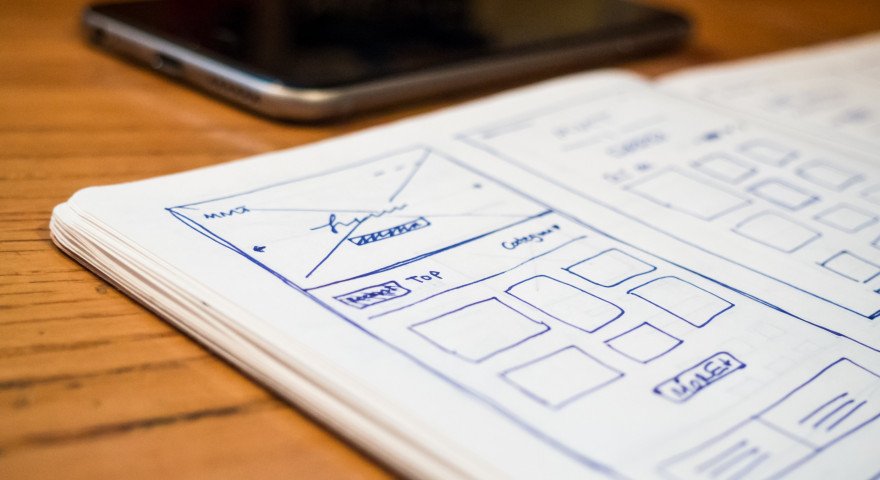A landing page is a convenient marketing tool, exceptionally when well-designed. Its design should grab user’s attention hence increasing conversion rates of your marketing campaigns. Its objective is to generate targeted leads, increase the sale of a particular product, or increase email subscribers. All of which you can achieve by having a perfect landing page.
Over time, we have seen the emergence of landing page tools used to create a landing page. As much as they are easy to use, it’s not a walk in the park, creating one that converts. Here are crucial elements to keep in mind when creating a landing page to help you get started.
Relatable Headline and Sub-Headline
Match your headline to your ad copy to create content consistency. When a user clicks through the ad to the landing page, they expect to see relatable content. Make sure to include the keywords in your marketing campaign in your landing page headline. Thus, visitors will not get confused. Notably, it should bear your distinctive selling proposition.
Moreover, the headline needs to be eye-catching since it’s the first statement a visitor will see. It should make one read through what you have to offer. Make it as straightforward as possible by using bold descriptive language. Also, make it brief but impactful.
Additionally, here are four types of attention-grabbing headlines that can guide you. They include news which introduces new solutions, self-interest that appeals to prospects. Others include curiosity, making readers want to read more, and quick and easy types that offer quick fixes. You can use one or combine two or more to come up with a compelling headline.
To complement the headline, use subheadings to give a detailed explanation of your services. Make them short and descriptive, too, while expressing the benefits clearly. Also, tie the message back to the heading.
No Navigation and Links
Navigation on a website is essential to make it easy for users to navigate. However, that’s not the case on a perfect landing page. Do not include the navigation bar on a landing page. It’s not necessary to link to other pages since it contains all the information. The aim is to convert potential customers without taking their focus away from the page.
Furthermore, you should not include links, especially if they open in new tabs. Even if your landing page will still be open, it’s not definite that the user will return to it. It’s advisable not to take the risk of adding links, which will distract the users from clicking your CTA button. However, you can link to your privacy policy or terms of services when necessary.
![]()
Eye-Catchy Call-To-Action
Your Call-To-Action (CTA) button is what stands between visitors and conversion. Either you want them to make purchases or subscribe to newsletters, make it resilient. Keep testing the CTA button placement location to find the one with the best conversion. Place the button where the user’s eye will quickly see it without having to scroll.
Moreover, relate your CTA button to your products instead of having it as “Click Here.” Include the keyword focusing on your services such as buy, free, new, or download. Try and be creative to grab attention. Also, it should be big, bright, and stand out. The use of color theory helps you find a tone, hue, shade, and tint which sticks out.
Testimonials and Social Proofs
In addition to the content on the landing page, include testimonials as a way to prove your credibility. Other people’s positive reviews and experiences with your products and services will go a long way. Hence, convincing new customers on what they stand to gain when they go into business with you.
Have your customers give detailed and specific feedback while including numbers, names, titles, and photos. Also, videos from users act as a great way to gain the viewers’ attention. Notably, adding authority badges from prominent companies, you have worked with also shows you are trustworthy. Similarly, having a significant following on social media acts as social proof that people find your content valuable.
Bottom Line
Notably, the above elements will produce different results for different businesses. You don’t need to use all the elements. You can combine some of them to come up with an efficient page. Thus, it would be best to keep A/B testing until you find what will work for your business.
Go ahead and start working on your landing page which will have a high conversion rate. But you also can seek professional help to work on your landing page.


